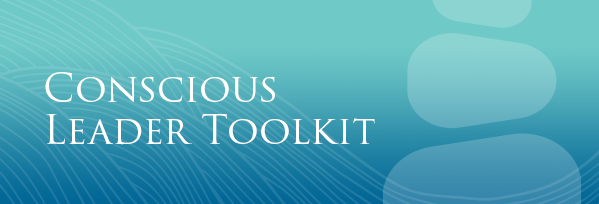Do you ever find yourself in a leadership moment and suddenly feel a familiar wave of self-doubt wash over you? You are not alone. Many leaders tell me they feel like imposters during moments of uncertainty. In fact, one of the most common goals my clients bring to our work is building confidence—whether they’re stepping into a new role, navigating difficult situations, or recognizing this as a lifelong tendency.
Many clients are surprised to discover that confidence isn’t a fixed trait you either have or lack. It’s a skill that can be developed, and interestingly, some of the most effective confidence-building approaches work through the body, not just the mind. Research in embodied cognition shows us that how we hold our bodies—our physical posture, breathing, and movements—directly influences our sense of capability and self-assurance. When we feel uncertain, our bodies often reflect that—shoulders hunched, breath shallow, posture collapsed. But we can work this relationship in reverse.
The challenge with traditional “fake it till you make it” advice is that it often feels inauthentic and can even backfire. Instead, we can use body-based practices to access genuine confidence from within. When we ground ourselves physically—feeling our feet on the floor, lengthening our spine, taking full breaths—we’re not pretending to be confident, we’re creating the physiological conditions that support actual confidence. This isn’t about power posing in the bathroom before a meeting (although that can help, too). It’s about understanding that confidence is an embodied experience, and we can cultivate it through how we inhabit our bodies.
Additionally, some of the most effective leaders with whom I work have learned to distinguish between not knowing everything and not being capable. They’ve developed what I call “confident uncertainty,” which is the ability to lead with authenticity even when they don’t have all the answers. This shift happens when we stop trying to eliminate self-doubt and instead learn to move forward with it, trusting in our ability to navigate whatever arises.
Building a felt sense of confidence takes time and repeated experiences. It’s an ongoing practice, not a destination. Like developing any skill, it requires patience with ourselves and acceptance that our confidence will naturally fluctuate.

Practices
Reflect:
- When do I typically experience confidence dips? What situations or contexts trigger my self-doubt?
- How does my body feel when I’m confident versus when I’m doubting myself? What physical differences do I notice?
Practice:
- Grounding for Confidence (2 minutes before challenging situations):
- Stand or sit with your feet flat on the floor
- Take three deep breaths, making your exhale longer than your inhale
- Feel the weight of your body supported by the ground
- Lengthen through the crown of your head while softening your shoulders
- Set an intention like: “I am capable of handling whatever comes next”
- The Confidence Reset (throughout the day):
- Notice when your body contracts with doubt or anxiety
- Pause and expand: open your chest, uncross your arms, take up your full space
- Remind yourself of one recent success or strength
- Ask: “What would I do if I trusted myself completely in this moment?”





